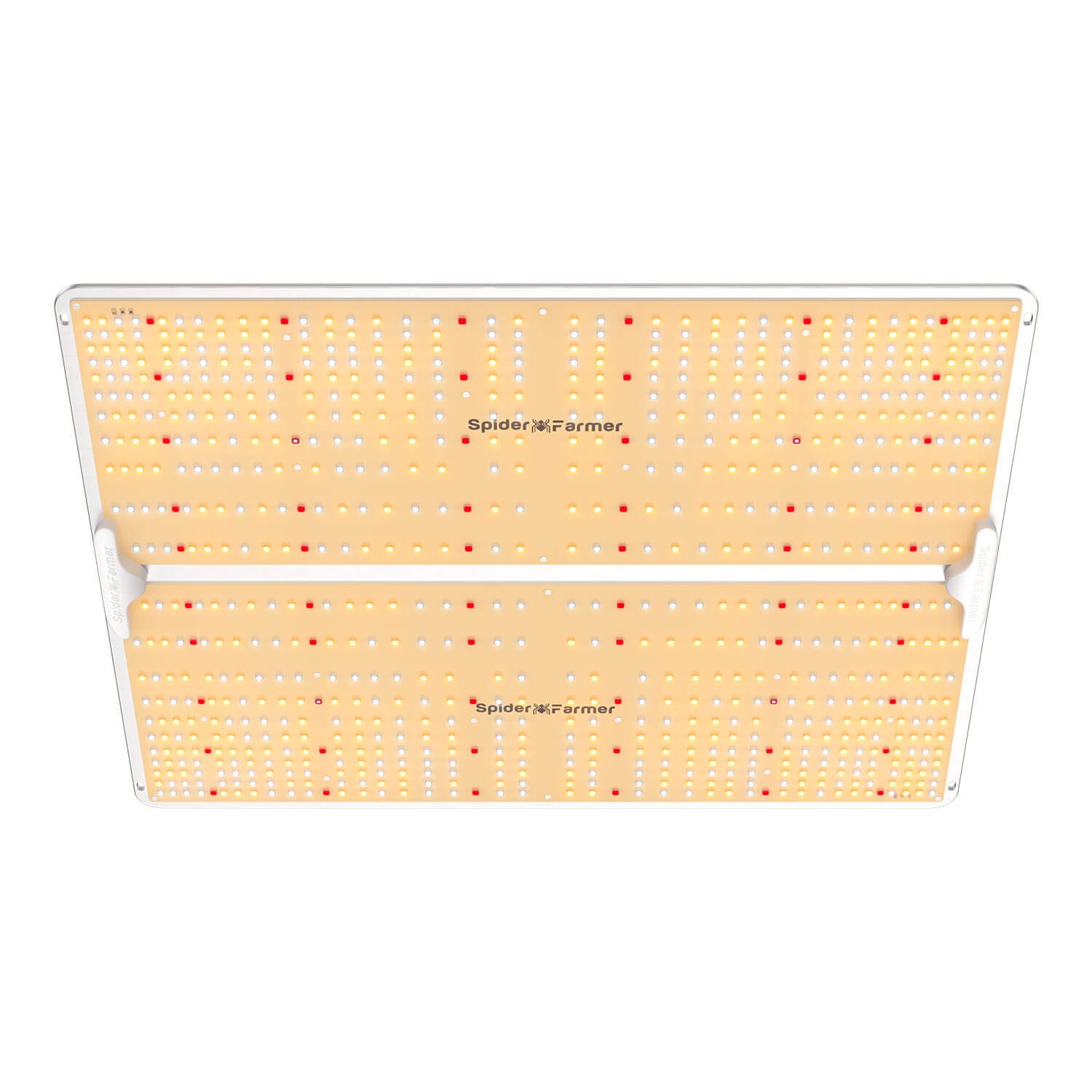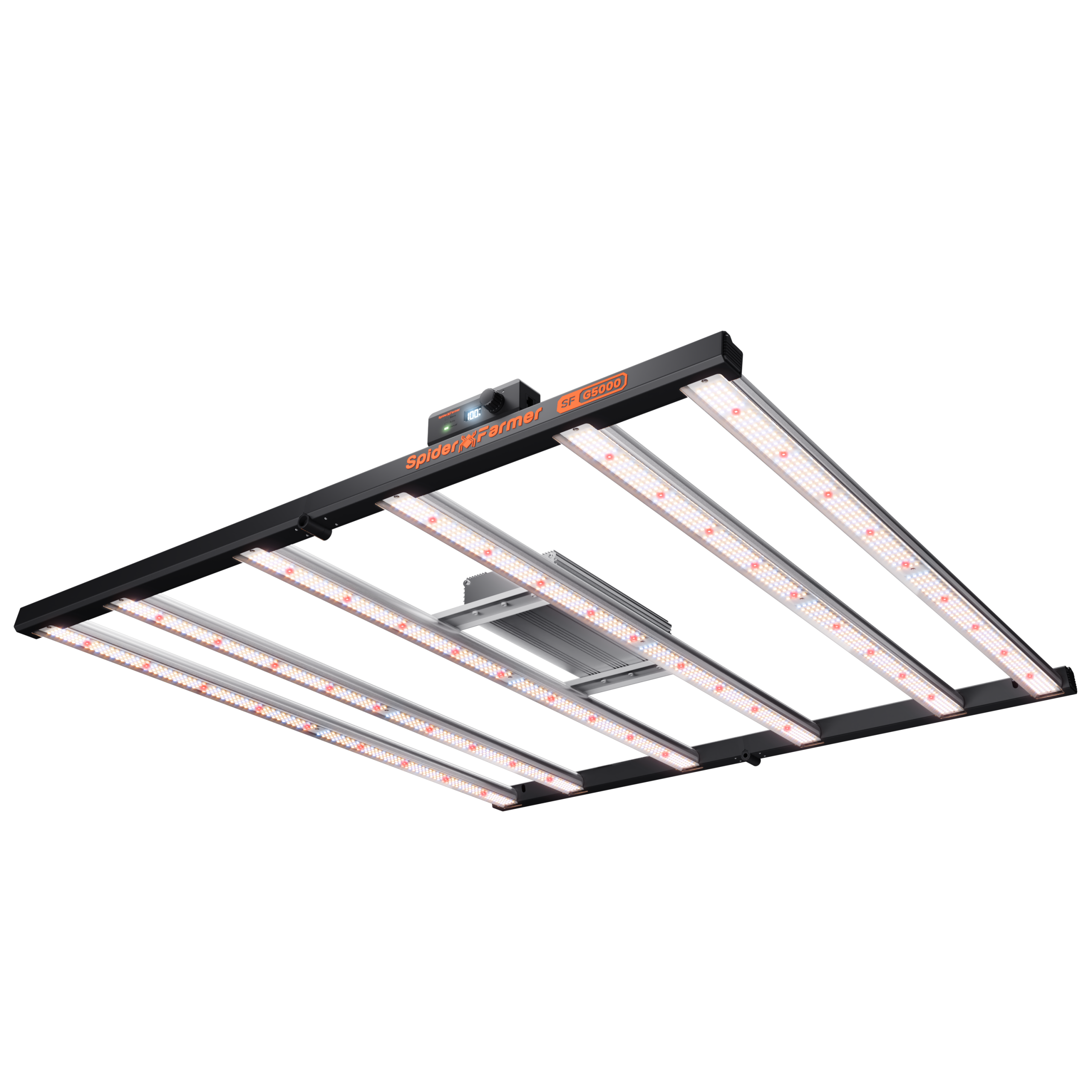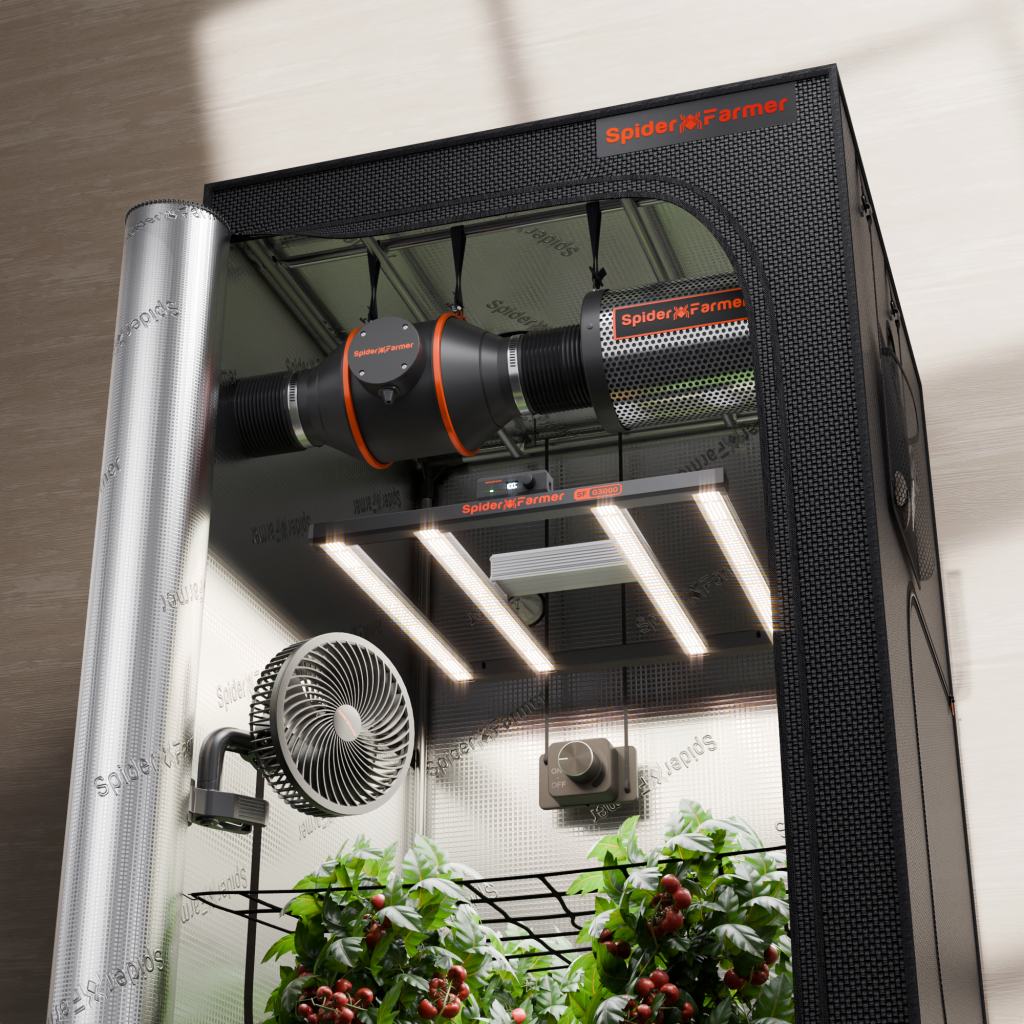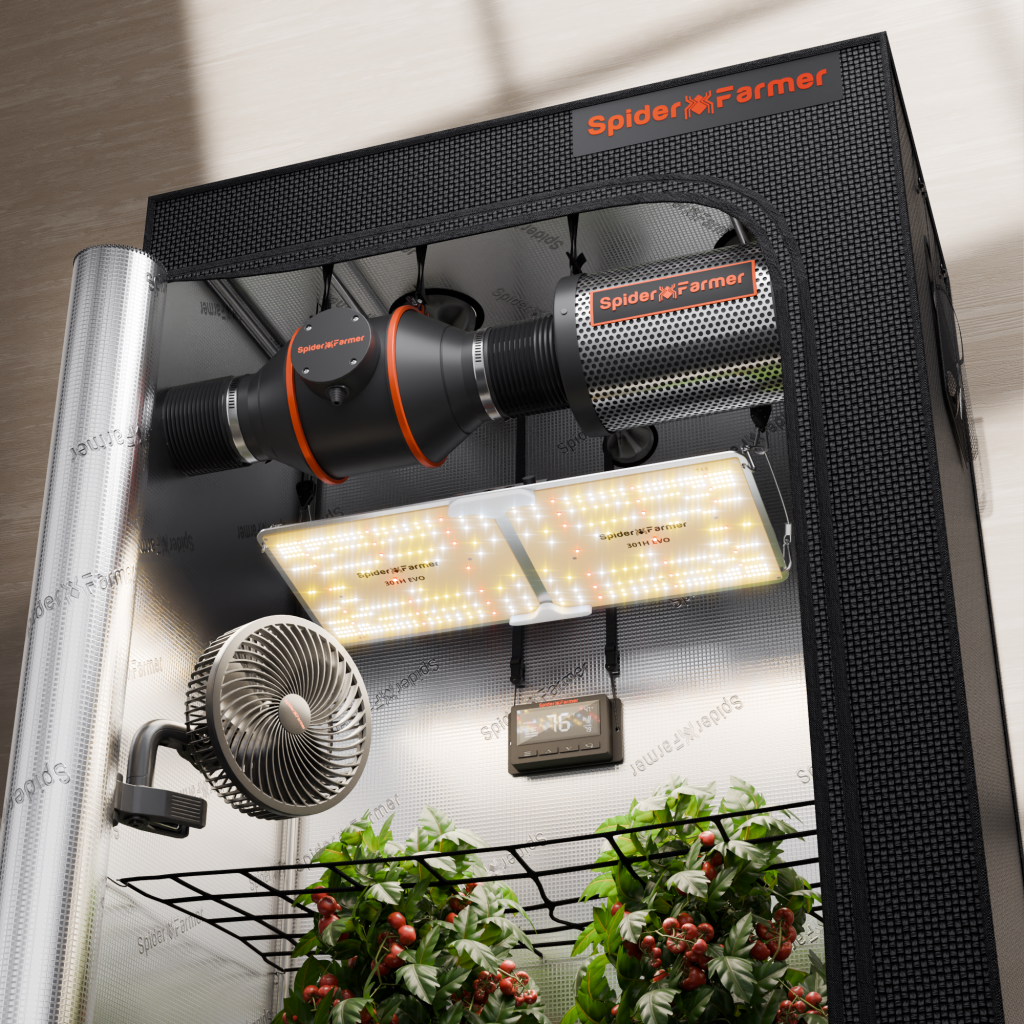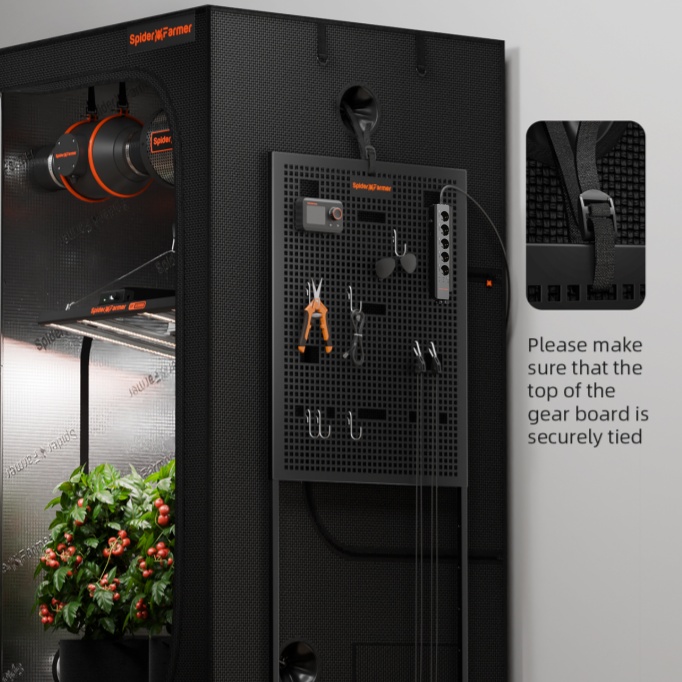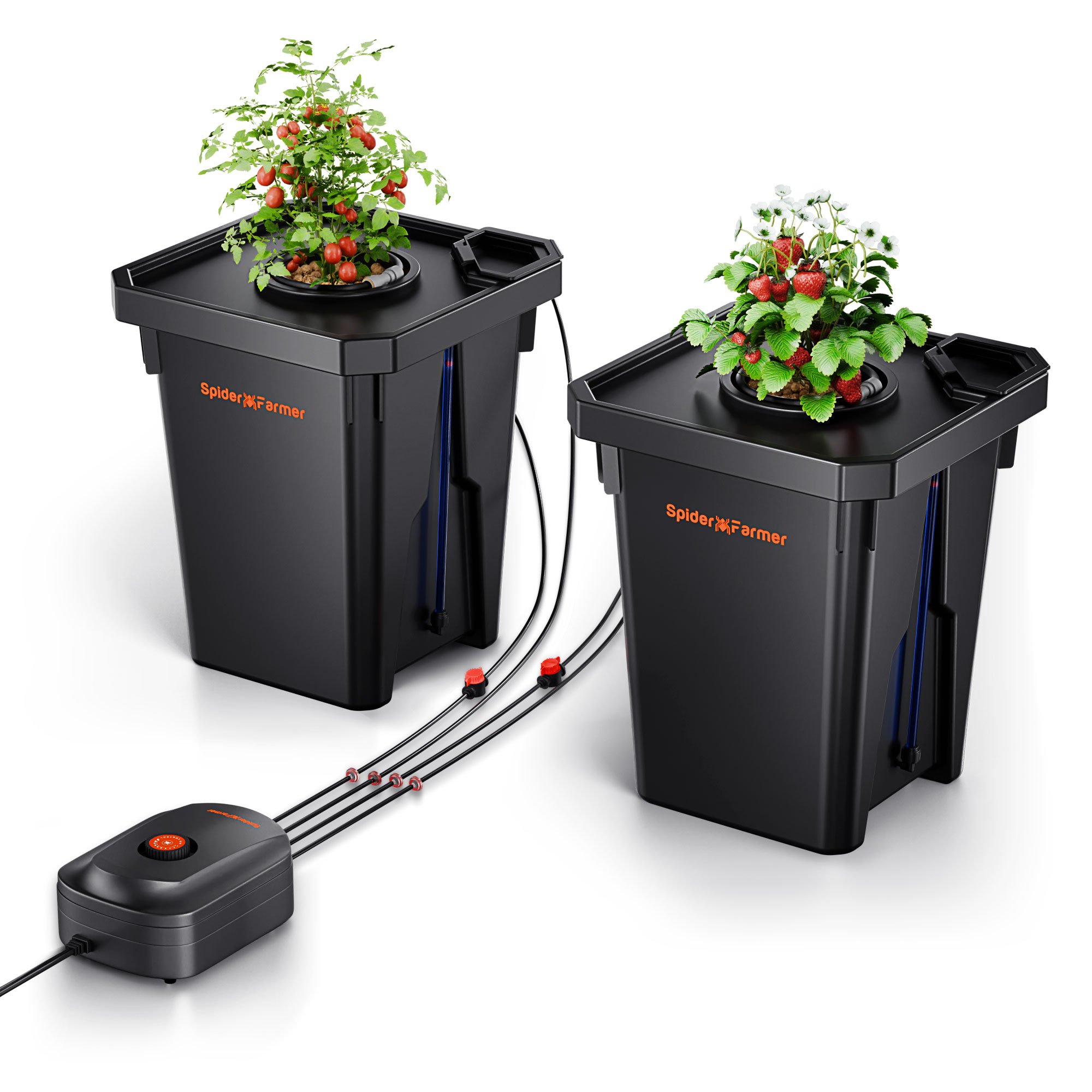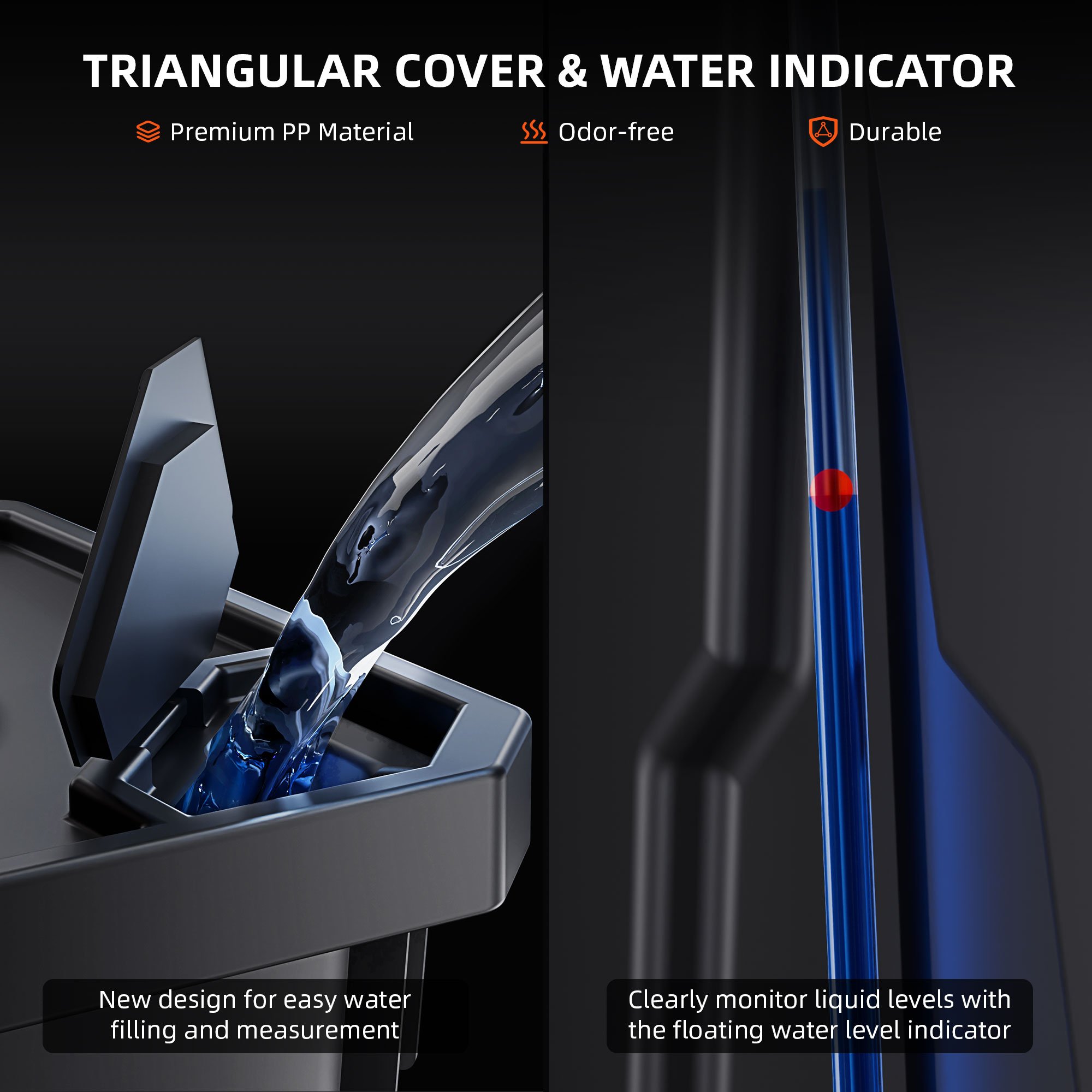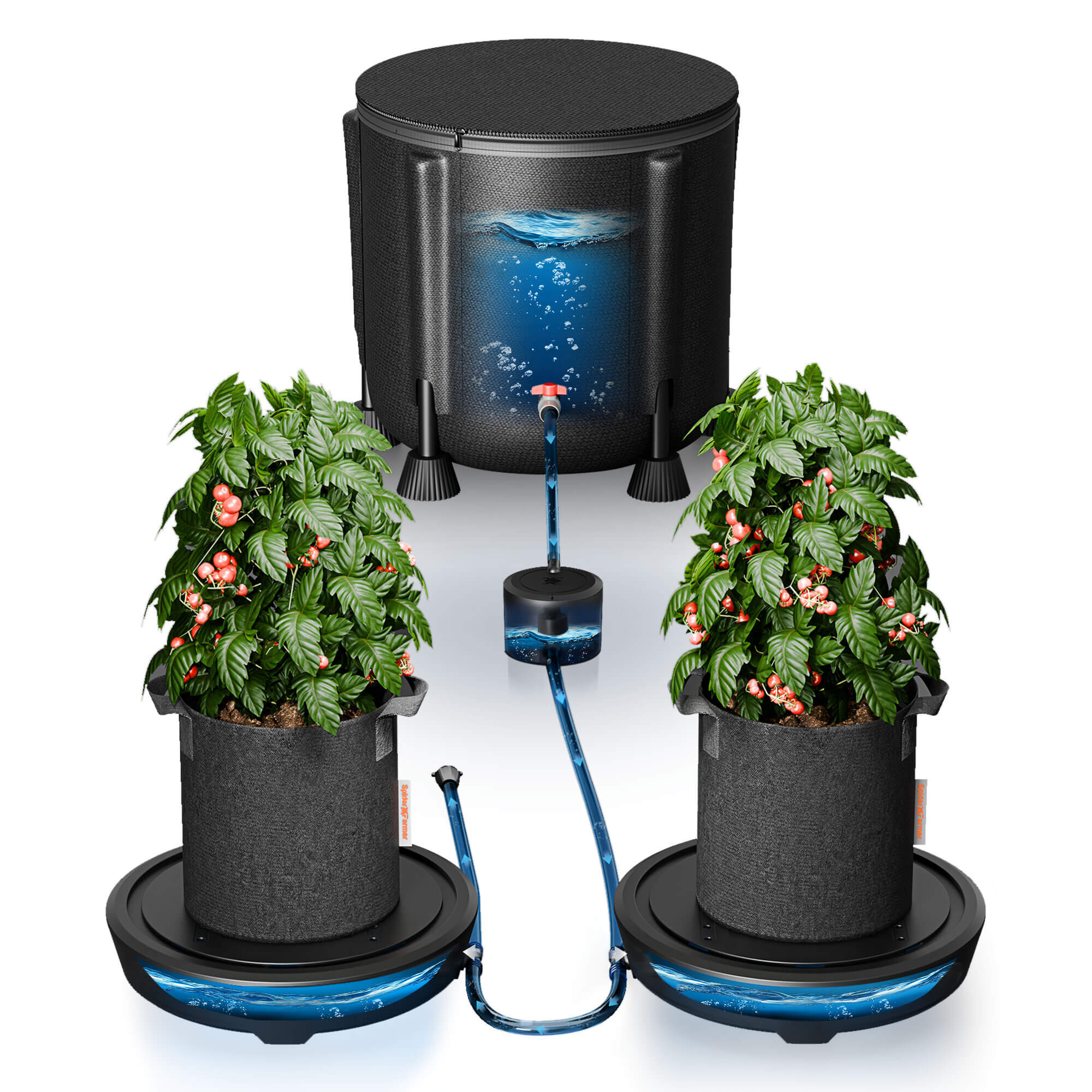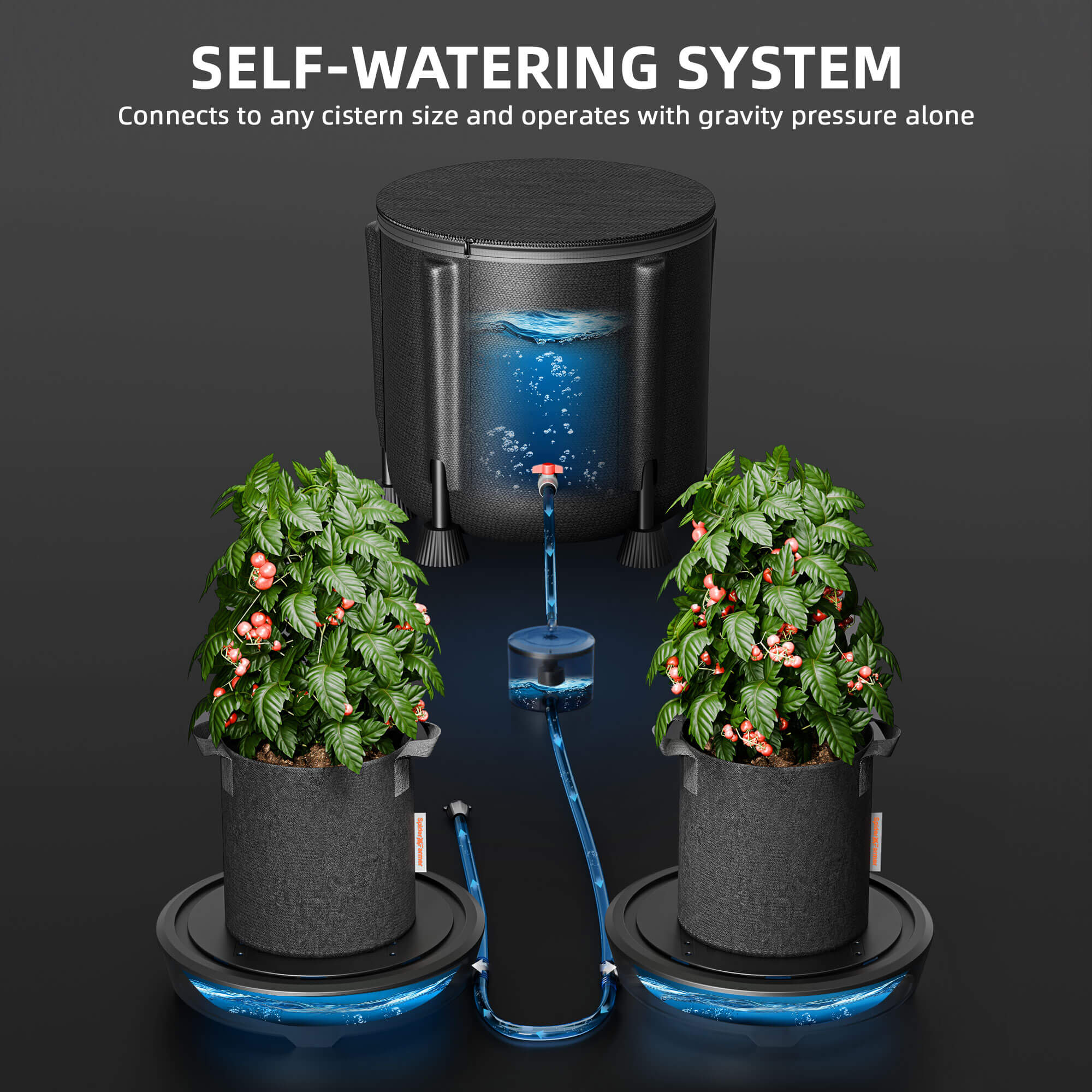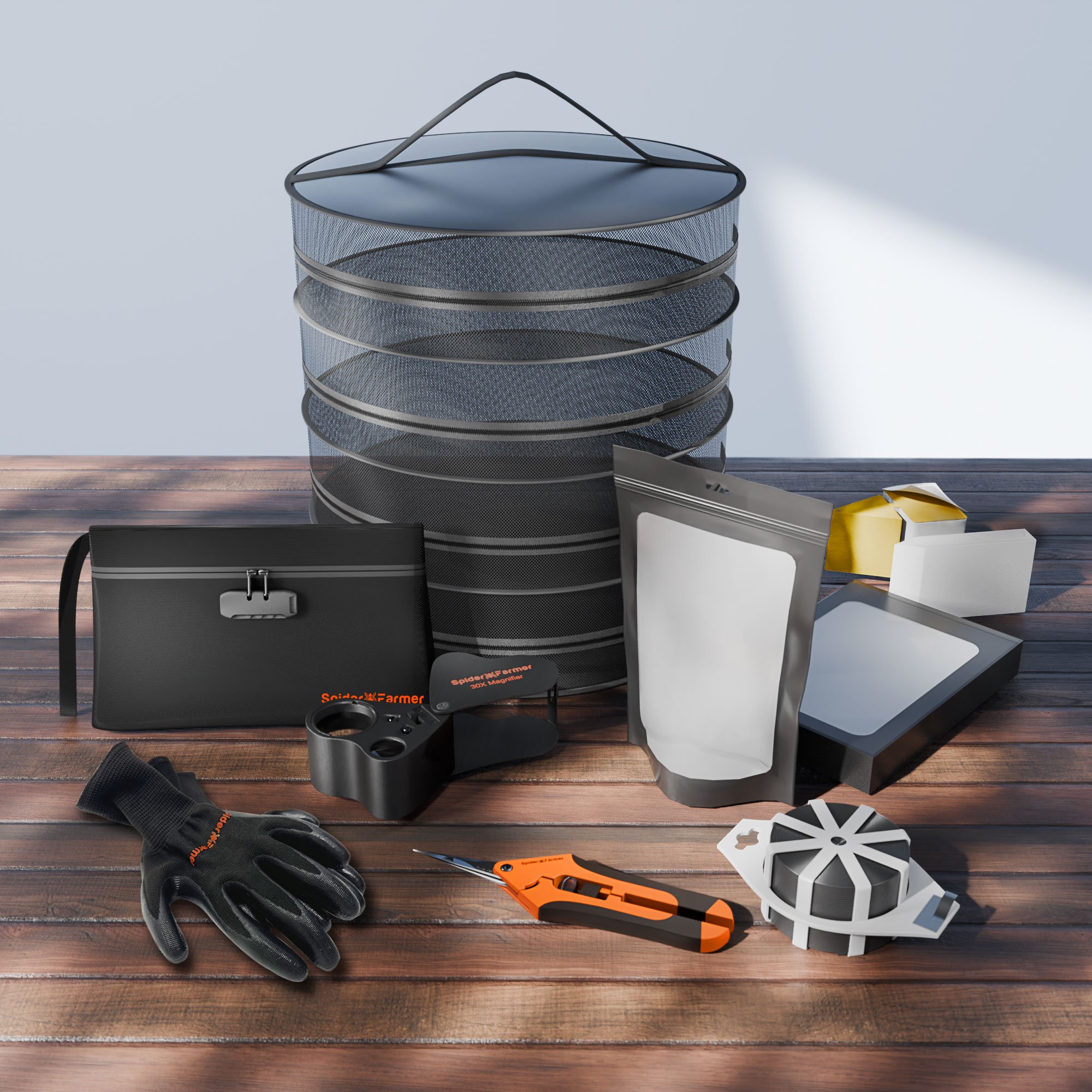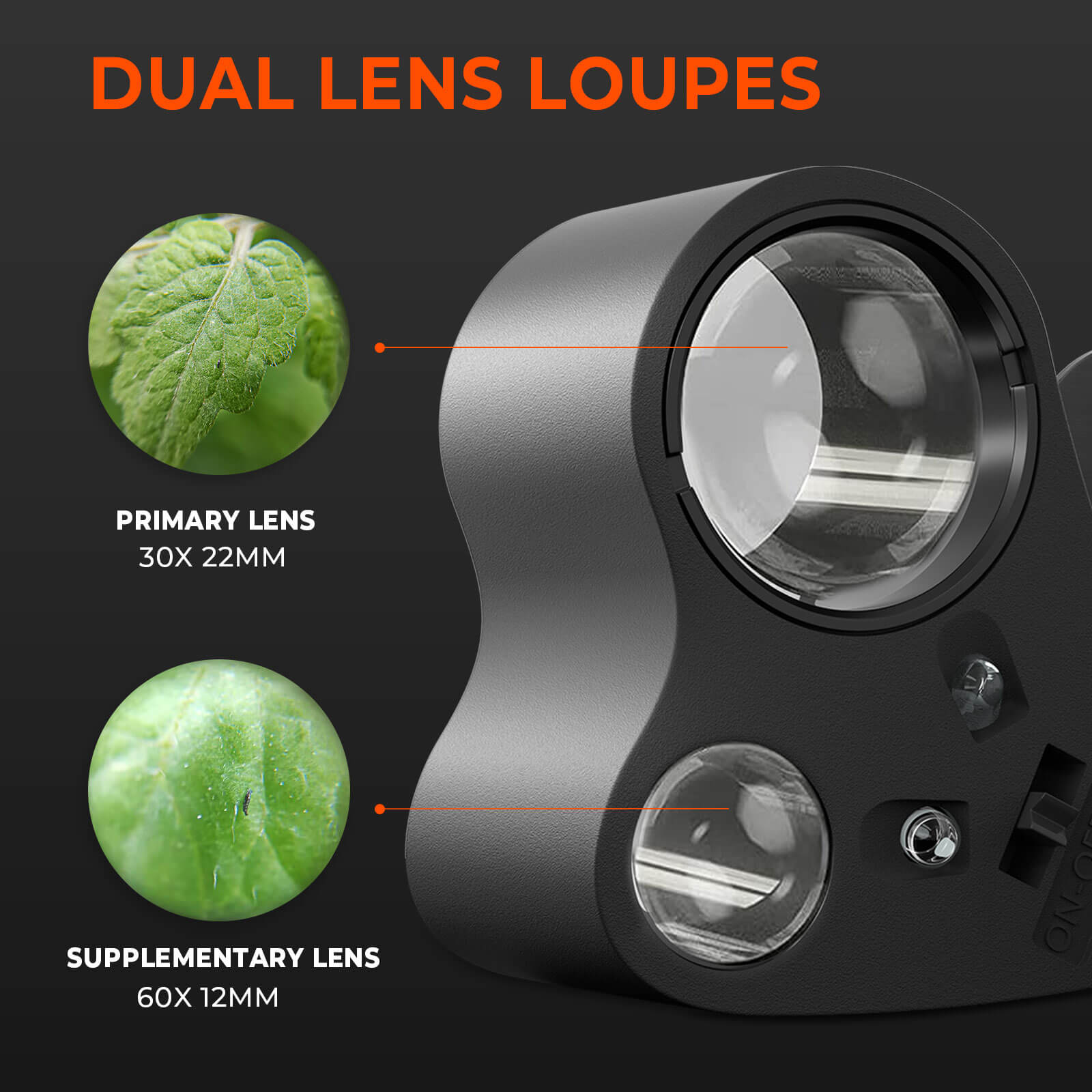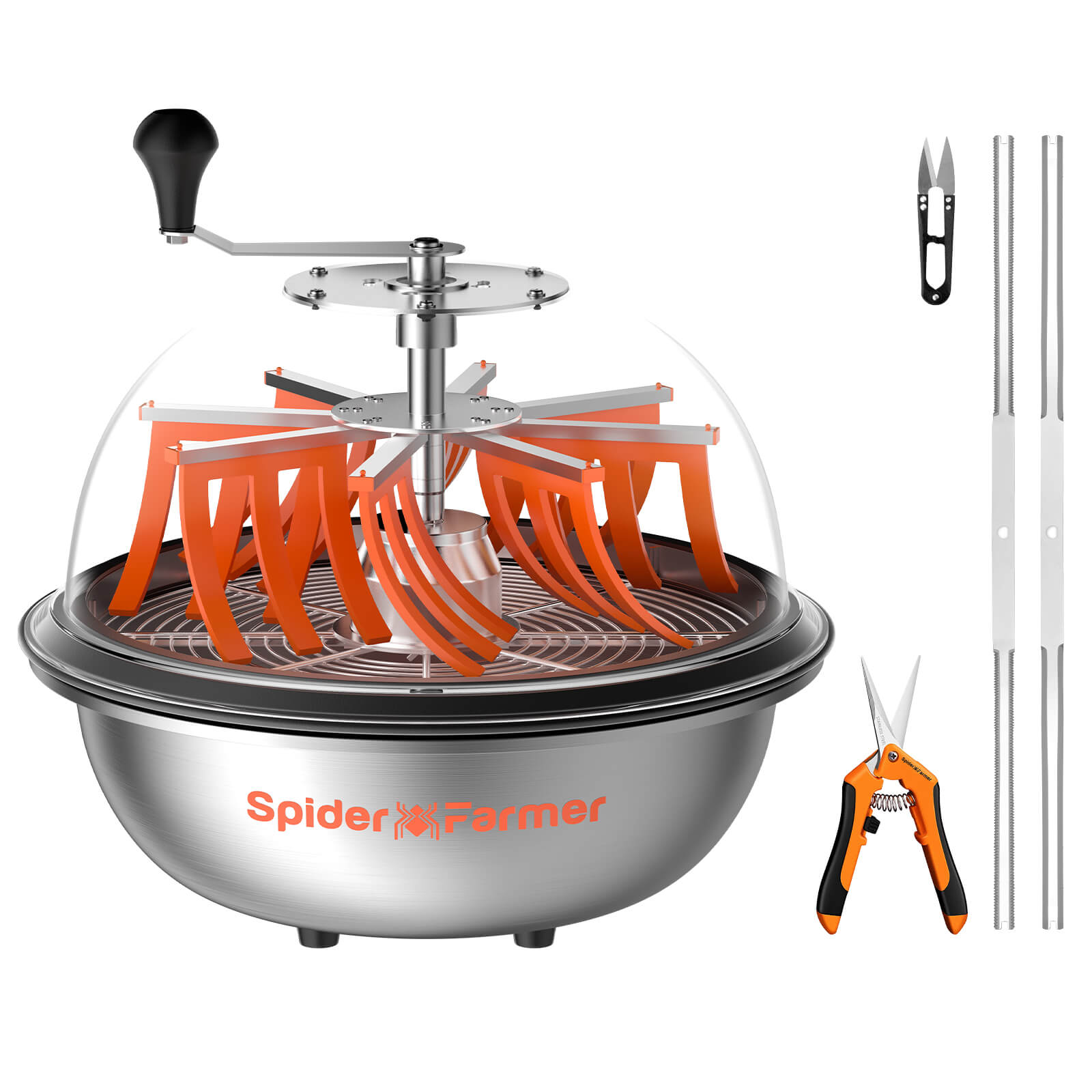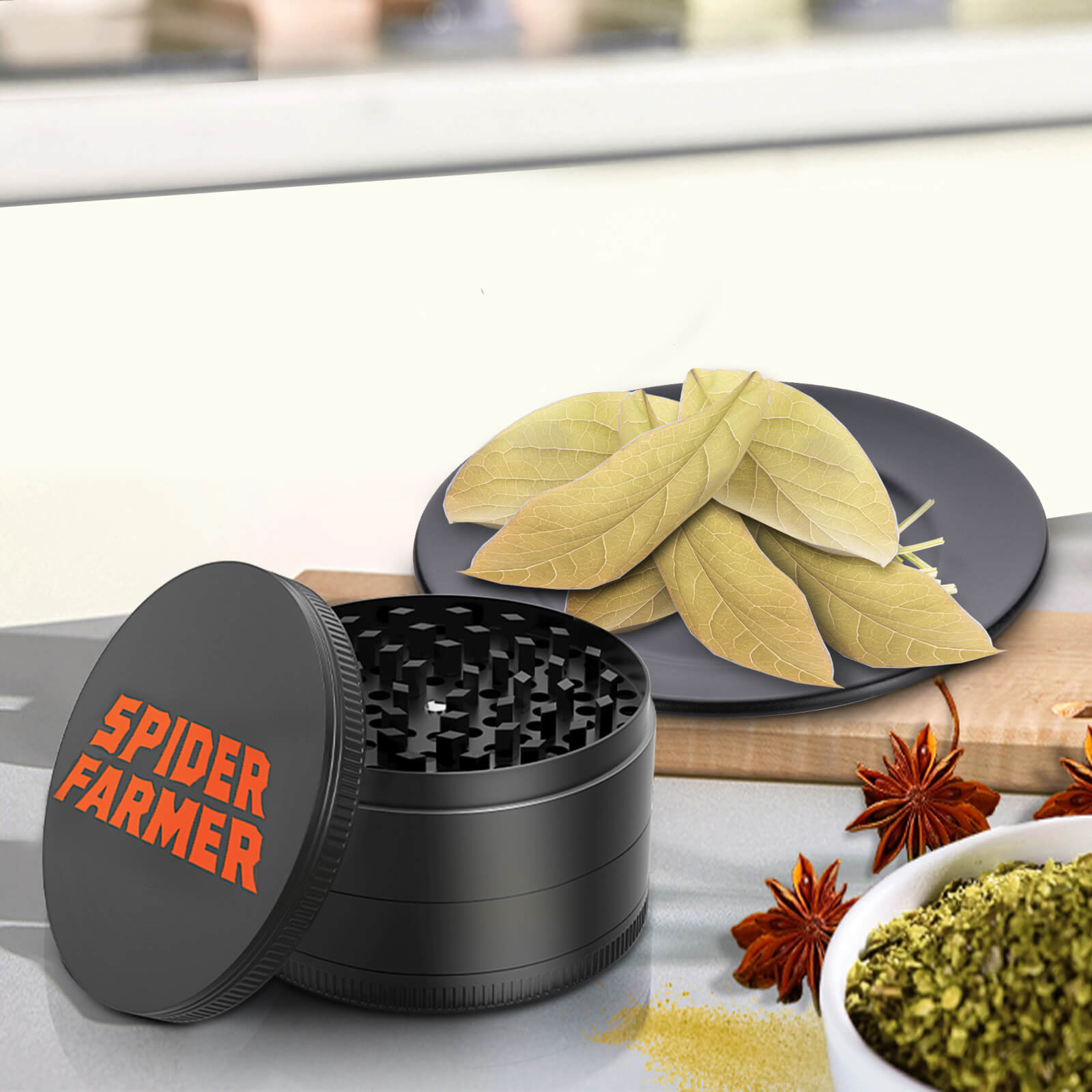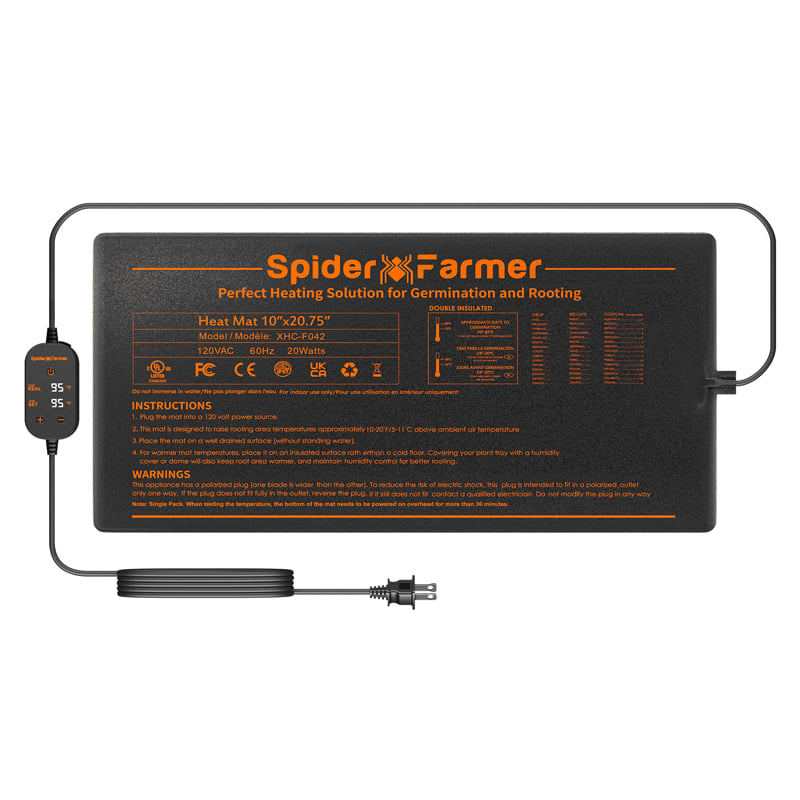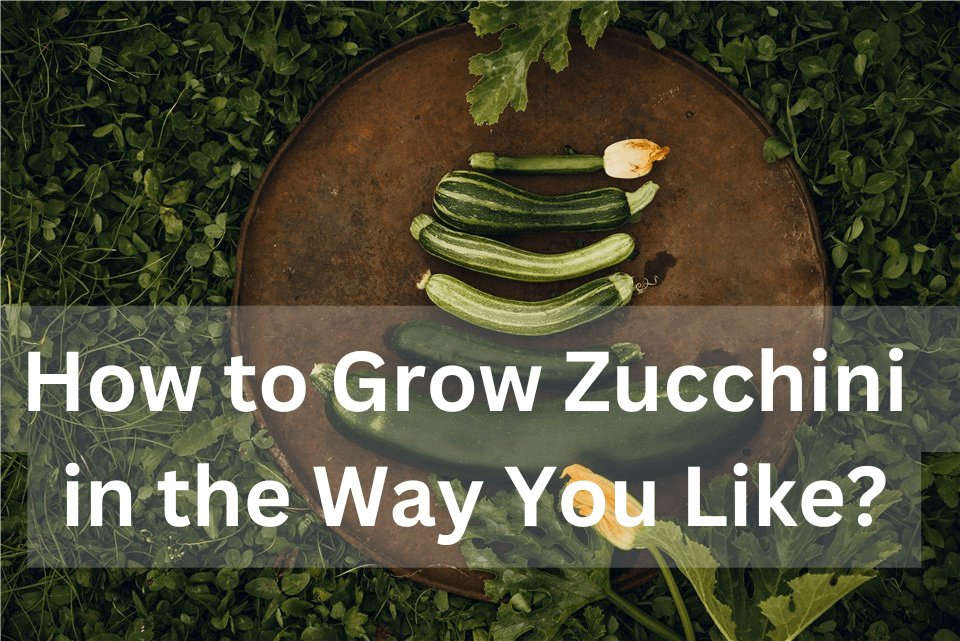Zucchini - a versatile summer squash which is practically begging to be grilled, roasted, or tossed into your favorite salads. But what if you’re not sure how to grow this garden staple? Don’t worry, fellow plant enthusiasts! This guide will reveal 4 proven methods for growing zucchini, from traditional planting to innovative techniques that will have you harvesting delicious zucchini in no time.
Table of Contents
Can You Grow Zucchini in the Way You Like?
Growing zucchini is a rewarding experience, but it can be frustrating if your plants aren’t producing the way you want. The good news is that with a little knowledge and some strategic planning, you can grow zucchini that meets your expectations.
Can You Grow Zucchini in a Pot or Container?
Yes, you can definitely grow zucchini in a pot or container! While zucchini prefer the spaciousness of a garden bed, they can thrive in containers as long as you choose a large enough pot (at least 18 inches wide and deep), use a well-draining potting mix, and provide consistent watering and fertilization. Just remember to choose compact zucchini varieties that are better suited to container growing. With a little care and attention, you can enjoy a bountiful harvest of zucchini even in a limited space.
Can You Grow Zucchini on a Trellis?
Yes, you can grow zucchini on a trellis! While zucchini typically sprawl along the ground, training your plants to climb a trellis can be a great way to save space, improve air circulation, and make harvesting easier. Just choose a sturdy trellis, gently guide the vines upward as they grow, and pinch back the tips to encourage bushier growth. With a little care, you can enjoy a bountiful harvest of zucchini in a vertical space.
Can You Grow Zucchini in a 5 Gallon Bucket?
While it’s technically possible to grow zucchini in a 5-gallon bucket, it’s not ideal to do so. In the very beginning, a 5-gallon bucket can provide enough space for the plant’s root system. However, since zucchini has large root systems and needs more space, a 5-gallon bucket might be too restrictive for the plant growth. You’ll need to be extra diligent with watering and fertilizing to compensate for the limited soil volume. A larger container or pot - at least 18 inches wide and deep, would be a much better choice for propagating zucchini.
How Long Does Zucchini Take to Grow?
Typically, it will take about 50-60 days for zucchini to grow from seed to harvest, but this can vary slightly depending on the variety and growing conditions - warm weather and consistent moisture will speed up the growth process, while cooler temperatures and dry spells can slow it down.
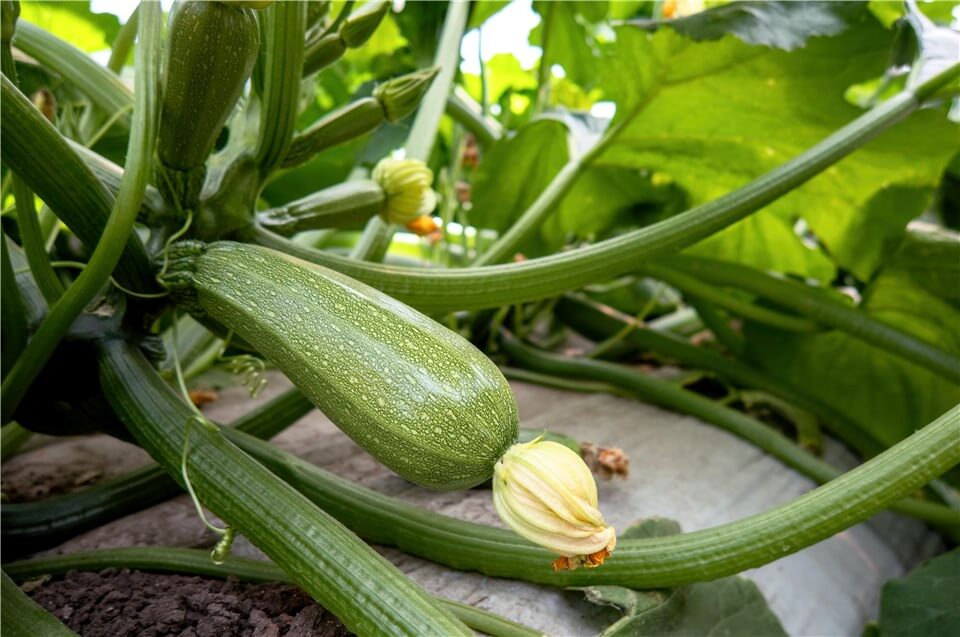
How Long Does Zucchini Take to Grow
Normally, it takes about 10-14 days for zucchini to mature after flowering. You can usually start harvesting your first zucchini about 2 months after planting, and you’ll continue to enjoy a harvest for several weeks as long as the plants are healthy and the weather remains favorable.
How Much Room Does Zucchini Need to Grow?
Zucchini plants need plenty of space to spread out and produce a bountiful harvest. Each plant will typically grow to be about 3-4 feet wide and 2-3 feet tall. For optimal growth, they need at least 2-3 feet of space between plants, and they thrive in full sun with at least 6 hours of direct sunlight daily. If you're planting zucchini in a row, space them about 3-4 feet apart. In a container, you'll need a pot that's at least 18 inches wide and deep to accommodate their root system.
Are Grow Lights Used for Szuchini Seed Starting?
Yes, grow lights are commonly used for zucchini seed starting. Using grow lights for zucchini seed starting can significantly improve your chances of success and give your plants a strong start for a bountiful harvest.
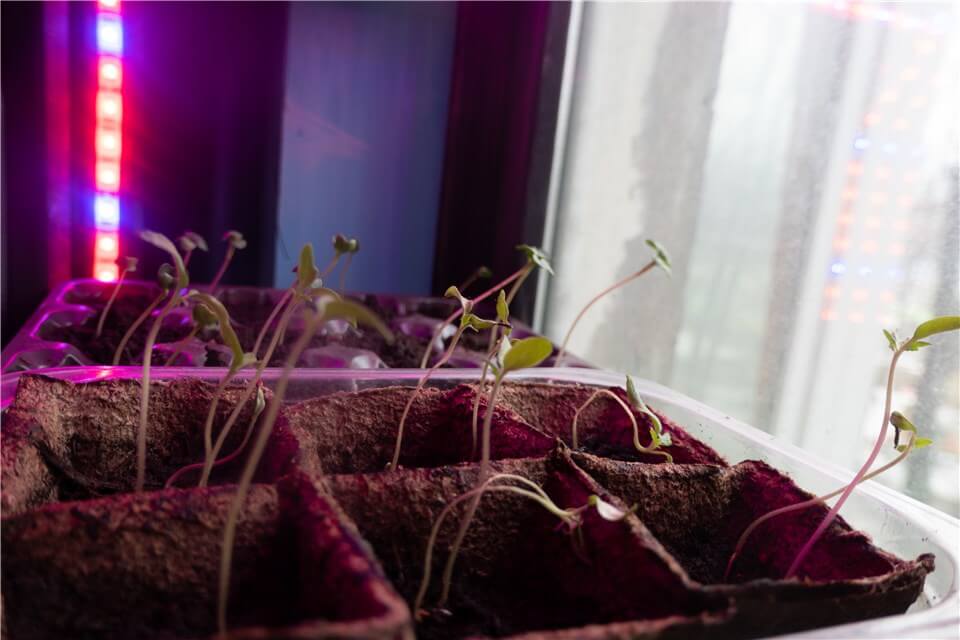
Are Grow Lights Used for Szuchini Seed Starting
There are the reasons why you’re highly recommend to use grow light to initiate the zucchini seed starting process:
- Consistent Light: Zucchini seedlings need a lot of light to germinate and grow strong. Grow lights provide consistent, controlled light, even if you don't have sunny windows.
- Early Start: You can start zucchini seeds indoors several weeks before the last frost date, giving them a head start on the growing season.
- Controlled Environment: Grow lights allow you to control the amount of light and heat your seedlings receive, creating an optimal environment for healthy growth.
When using grow lights for Zucchini Seed Starting, consider the following suggestions:
- Choose the Right Lights: Look for grow lights for seedlings.
- Placement: Place the lights about 2-4 inches above the seedlings.
- Light Schedule: Provide 14-16 hours of light per day.
- Temperature: Maintain a temperature of around 70-75 degrees Fahrenheit.
4 Proven Ways to Grow Zucchini
Ready to grow zucchini in the way you like? Starting with seedlings is a great way to get a head start on the growing season and achieve a harvest. This part will walk you through 4 proven methods of growing zucchini, from growing zucchini in a pot and on a trellis, to growing zucchini from seedlings and scraps.
Grow Zucchini in a Pot or Container
As zucchini needs enough space for the growth of its root, it’s essential to choose a large container - at least 18 inches wide and deep. This can well accommodate the zucchini’s root system. Then you can take the following steps to grow zucchini in a pot or container.
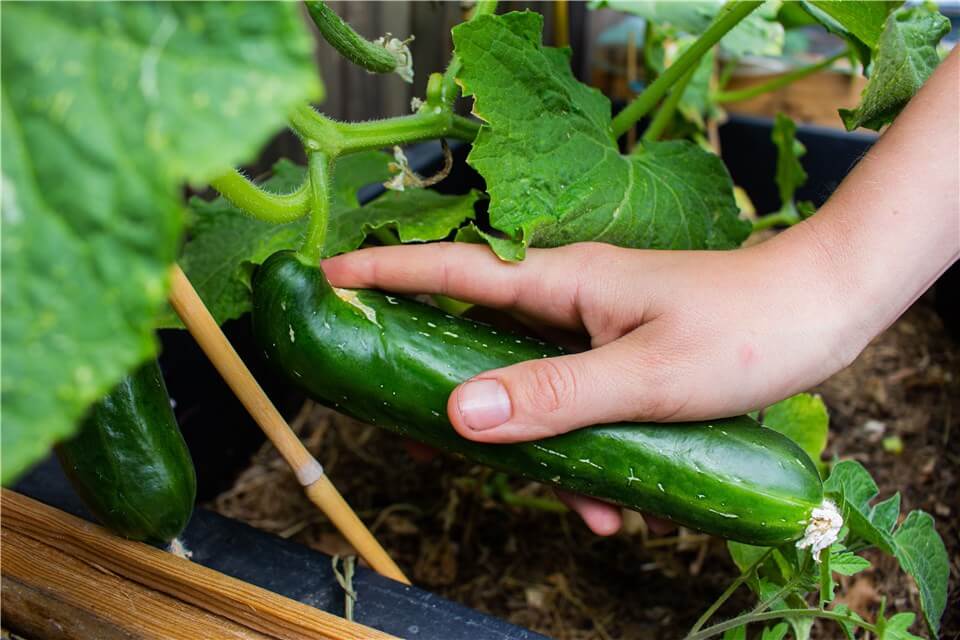
Grow Zucchini in a Pot or Container
- Select the bush or compact varieties like ‘Black Beauty,’ ‘Raven,’ or ‘Patio Star,’ which are more suited for container gardening.
- Prepare for a high-quality potting mix rich in organic matter. A mix containing compost, peat moss, and perlite or vermiculite is ideal for good drainage and aeration.
- Water the zucchini regularly, keeping the soil evenly moist but not soggy.
- Place your container in a sunny spot, giving the Zucchini at least 6-8 hours of direct sunlight every day. If you fail to provide enough light for the plant growth, you should consider using LED grow light to supplement light.
- Feed them with a balanced, water-soluble fertilizer applied every 2-4 weeks, or mix slow-release fertilizer into the soil at planting time.
Grow Zucchini on a Trellis
Growing zucchini on a trellis can save space, making it ideal for the gardeners who have smaller gardening space or single plant grow tent. Besides, this can improve air circulation around your plants, preventing fungal disease. Furthermore, it makes harvest easier, as the fruits are more accessible when growing zucchini vertically.
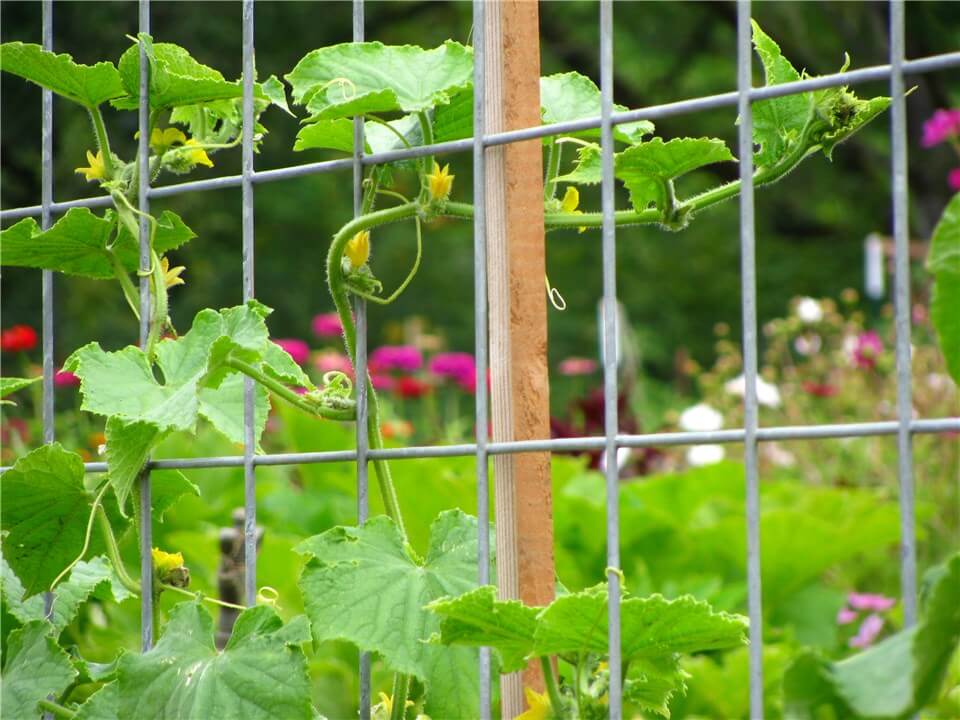
Grow Zucchini on a Trellis
Therefore, if you can find a sturdy trellis to support the weight of the growing vines, you can consider growing zucchini on a trellis. Normally, you can use an A-frame trellis, flat vertical trellis, and a cattle panel or wire mesh. Pay attention that the trellis should be at least 5-6 feet tall to accommodate the vertical growth of the zucchini vines.
- There are varieties of zucchini that are suitable for you to train your plant grow upward. These include ‘Raven,’ ‘Tromboncino,’ and ‘Rampicante.’
- Plant zucchini seeds or seedlings 12-18 inches apart at the base of the trellis, ensuring nutrient-rich, well-draining soil. Enhance soil fertility by mixing in compost or aged manure. Then sow seeds about 1 inch deep or transplant seedlings at the same depth as their starter pots.
- Train and guide the zucchine vines towards the trellis, when they’re young and flexible. When guiding the vines, you can use soft garden ties, twine, or strips of cloth to loosely tie the vines to the trellis.
- Water zucchini regularly, especially when you grow zucchini vertically. Meanwhile, focus on the base of the plant, avoid wetting the leaves and prevent fungal diseases.
- Apply mulch around the base of the plant to retain moisture and reduce weeds. Feed your zucchini with a good, balanced fertilizer once every 2 to 4 weeks, or feed with slow-release granules once they are planted.
- As the zucchini fruit grows and ripes, they can be really heavy. Construct a sling made from a soft piece of cloth or mesh for each fruit and tie them to the trellis to hold them upright.
Except for considering using a container or trellis to grow zucchini. At the same time, you should also think about whether to grow zucchini from seedlings or scraps.
Grow Zucchini from Seedlings
Some growers may prefer to grow zucchini from seedlings. This is because seedlings have a head start, allowing them to harvest zucchini sooner. Besides, this also indicates that you can select healthier seedlings and avoid potential problems with direct seeding. Additionally, seedlings are easier to handle and transplant than delicate seedlings.
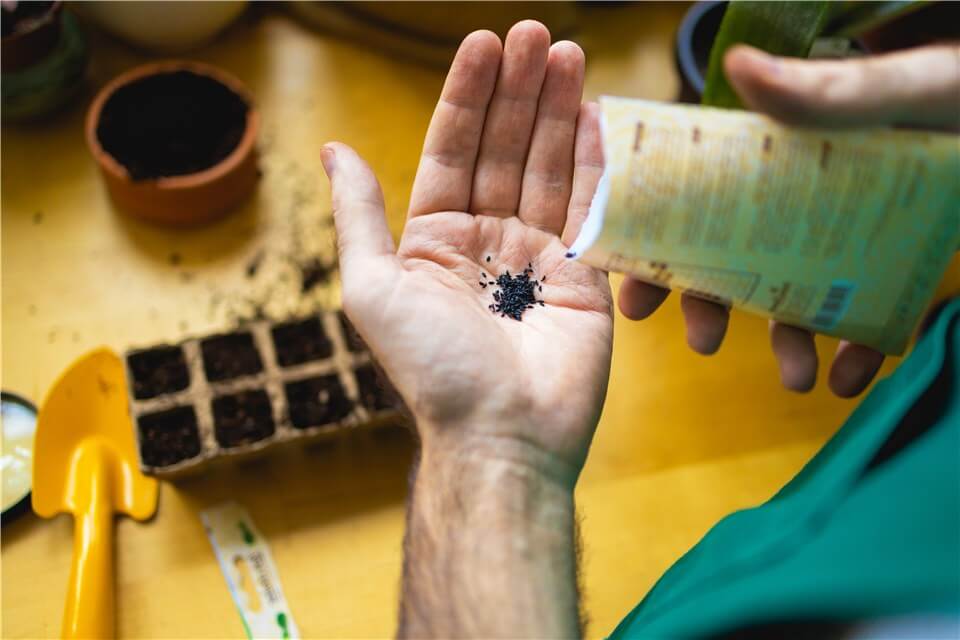
Grow Zucchini from Seedlings
You can start zucchini seeds indoors 4-6 weeks before the last frost date in your area. This gives the seedlings a head start and allows them to establish a strong root system before being transplanted outdoors.
- Start zucchini seeds indoors 4-6 weeks before the last frost date in your area. Use a seed starting mix and provide adequate light and warmth.
- A week or two before transplanting, gradually acclimate your seedlings to outdoor conditions by placing them in a sheltered spot for increasing periods of time.
- Choose a sunny location with well-draining soil. Amend the soil with compost or aged manure for optimal growth.
- Once the weather has warmed up and the risk of frost has passed, transplant your seedlings outdoors. Space them 2-3 feet apart.
- Water regularly, especially during hot weather. Fertilize every few weeks with a balanced fertilizer.
Start harvesting zucchini when they’re young and tender, typically about 2 months after transplanting.
Grow Zucchini from Scraps
As a matter of fact, you can use leftover zucchini ends or even pieces of the zucchini fruit to start new plants. This means you don’t need to pay an extra budget for seeds. Especially, when you’ve enjoyed a particular variety of zucchini, you can easily propagate it from scraps and have more of that specific type.
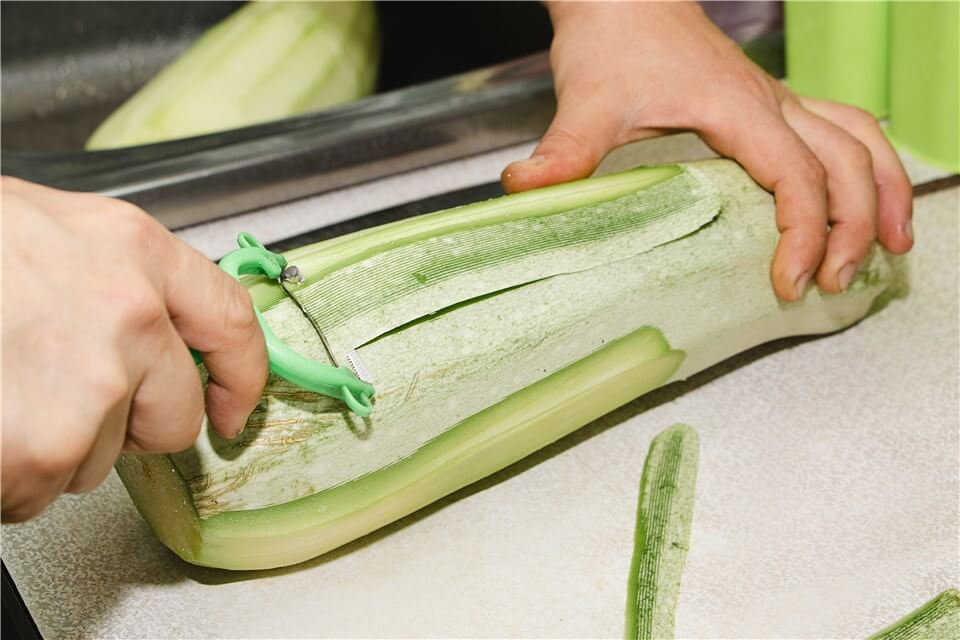
Grow Zucchini from Scraps
- Select a healthy zucchini with no signs of disease or damage.
- Cut off a 2-3 inch piece from the end of the fruit or use a piece from the stem. Then remove seeds from the scrap and make a few shallow cuts along the sides to encourage root growth.
- Place the scrap in a glass with water, making sure the cut end is under the water. Change the water daily so it doesn’t go bad.
- Within a week or two, you should see roots developing from the cut end of the scrap. In this process, you can use a LED grow light or a rooting hormone to encourage faster root development.
- Once the roots are about an inch long, pot the scrap in a small pot filled with potting mix.
- Keep the pot in a warm, sunny location and water regularly. Once the plant has established itself, you can transplant it to a larger container or grow it outdoors.
In Conclusion
From traditional techniques for growing from seedlings to the newest trend of growing from scraps, you can grow zucchini based on your needs. By selecting the proper approach for your space, resources, and preferences, you shall be assured a bounty of flavorful zucchinis to enjoy all through the season.


